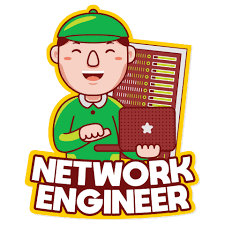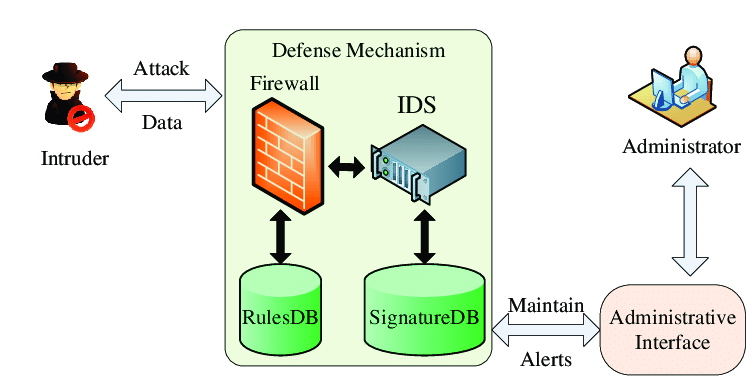
“A good network engineer doesn't just solve problems; they anticipate and prevent them.”
Networking Fundamentals
Network Models:
- OSI Model: The Open Systems Interconnection model has 7 layers—Physical, Data Link, Network, Transport, Session, Presentation, and Application. Each layer has specific functions and protocols.
- TCP/IP Model: A more practical model used in real-world networking, with 4 layers—Network Interface, Internet, Transport, and Application.
Network Types:
- LAN (Local Area Network): Connects devices within a limited area like a home or office.
- WAN (Wide Area Network): Covers larger geographic areas, like cities or countries.
- MAN (Metropolitan Area Network): Connects networks across a city or large campus.
- WLAN (Wireless LAN): A type of LAN that uses wireless technology.
Subnetting: Dividing an IP address space into smaller segments to manage and organize network addresses more effectively.
Routing and Switching:
- Routing: The process of forwarding data packets between networks.
- Switches: Devices that connect devices within a LAN and use MAC addresses to forward data.
Protocols:
- TCP (Transmission Control Protocol): Ensures reliable, ordered, and error-checked delivery of data.
- UDP (User Datagram Protocol): Provides a faster, connectionless communication method with no error recovery.
- HTTP/HTTPS: Protocols used for web traffic (HTTP is unsecured; HTTPS is secured)

Network Design and Architecture
Plan and Document: Create a detailed network design that includes topology, hardware, and protocols. Document everything for future reference and troubleshooting.

Performance Optimization
Monitoring and Analysis: Use network monitoring tools to track performance metrics like bandwidth usage, latency, and error rates. Analyze the data to identify and address bottlenecks.

Security Measures
Firewalls and Intrusion Detection Systems: Implement firewalls and IDS/IPS to protect against unauthorized access and attacks.